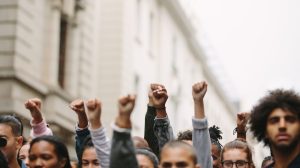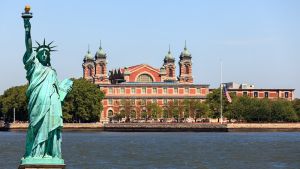More than 50 years after the Fair Housing Act made redlining illegal in 1968, the legacy of inequality is still a reality in formerly redlined neighborhoods.
Redlining is a discriminatory practice that denied people mortgages based on their race or where they lived. Formerly redlined communities are still being victimized in the present day by environmental racism — higher pollution levels, hotter temperatures, increased flood risk and poor health outcomes.
“This is a result of deliberate policy and practice actions, some of which occurred decades or almost a century ago or before that,” says Jaime Madrigano, an adjunct policy researcher at RAND Corporation. “This has led to a legacy and an entrenched system where people are still feeling those adverse effects today.”


















